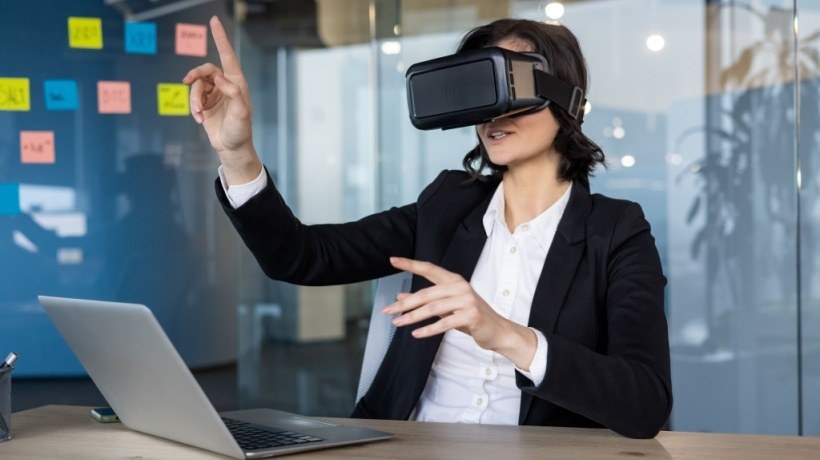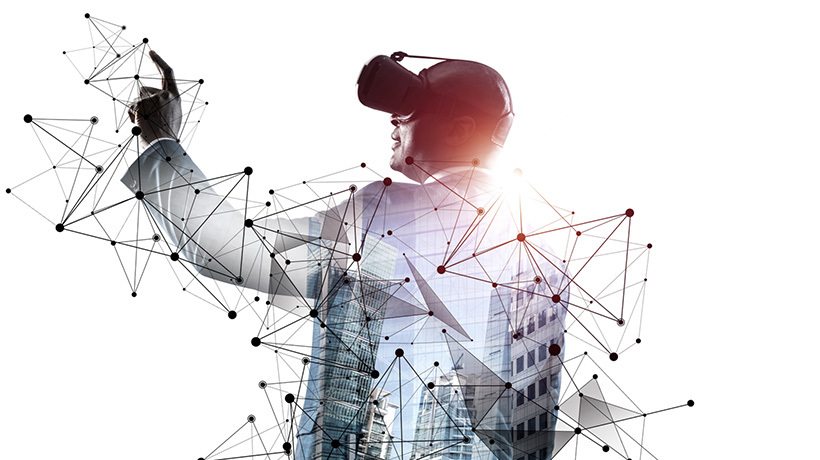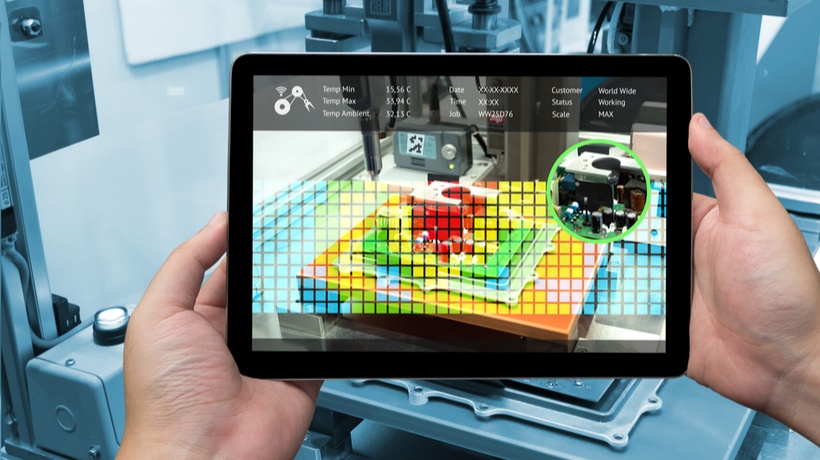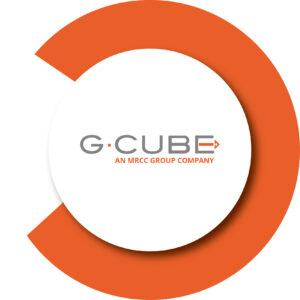Learn How Virtual Reality Can Be Useful In Corporate Training
By the looks of it, it does seem that a lot of corporate organizations with the means to implement Virtual Reality in their employee Learning and Development (L&D) programs are actually exploring VR as a means to provide immersive learning and training to their employees. Thus, for those organizations that haven’t looked into implementing VR as a digital learning strategy/method, it's time to start preparing because, whether you like it or not, VR is coming to the L&D industry, and it's better to get on with it now, rather than jumping on the bandwagon later on. But first, let us understand VR a little better.
What Is VR And How Can It Help Corporate Organizations?
VR, or Virtual Reality as the name suggests, creates a simulated environment using 3D-generated images in which the user is immersed. This makes the user feel like they are in that environment, very much like reality. VR can be used in 3 ways, depending on what fits the organization’s requirements and budget:
- Mobile VR: is quite simple and requires a VR headset. The user’s smartphone is inserted into the VR headset and the simulation is run on the smartphone.
- Standalone VR: is a more advanced form of VR than mobile VR and does not require any additional devices or cables to run other than the VR headset itself.
- Desktop VR: is the most high-end form of VR which provides the most immersive experiences to the user. It requires powerful computers as well as an advanced VR headset.
It should be obvious how helpful and amazing VR can be for corporate training, as it provides employees with a virtual world where they can learn, train, explore and make mistakes without any real-world consequences, and without any other costs. Not to mention, VR is highly-engaging and immersive. This automatically increases the absorption and retention rates of all that they experience and learn. Experiential learning, after all, has been proven to be the most effective way to learn, as it is how our brains absorb and retain information.
How Can Corporate Organizations Best Use VR?
The best thing about VR is the fact that it can be used in any industry to teach any thinkable skill, which is why it has such a high adoption rate. It can be used to train doctors to perform surgery, to train chemical engineers to properly synthesize hazardous chemicals, to train military personnel, to train automobile engineers, scientists, astronauts, you name it all without any risk or any additional expense.
Thus, it is really up to the corporate organization using VR to get creative and find how they can best train their employees. A lot will depend on the quality of the digital learning simulations that the designers at the organization create, which will require a lot of expertise. But, it is worth having smart, knowledgeable, and productive employees who have been trained using this training method. VR has been used and is usually used in corporate organizations to train employees in skillsets such as:
- Business and soft skills
These are skills that require thorough practice to improve and include skills such as public speaking, sales, negotiation, and networking (to name a few) which can be simulated using VR. - Diversity, inclusion, harassment, and compliance training:
These are usually mandatory trainings that would otherwise bore the living daylights out of employees. Thankfully, VR is very engaging, and thus puts the user in the middle of all the action, thus helping them learn what to do and what not to do. As VR is simulated reality, it leads to actual behavioral change in employees, rather than them behaving in the way the organization wants just for the sake of it. - Customer handling training
This is perhaps one of the best and easiest uses of VR, as it is perfect to train customer experience executives on how to handle customers. The training simulation is (or at least should be) made up of branching scenarios all based on how a customer would react in real life. - Recruitment And onboarding
VR can be used to train HR professionals and managers to better interview candidates that apply to their organization. Once a candidate has been selected, they can be onboarded using VR. The onboarding training may include an intro to the organization, its origin, its locations worldwide, important personalities of the organization, and the like, making for an onboarding experience which is sure to leave a mark on the new recruit.










